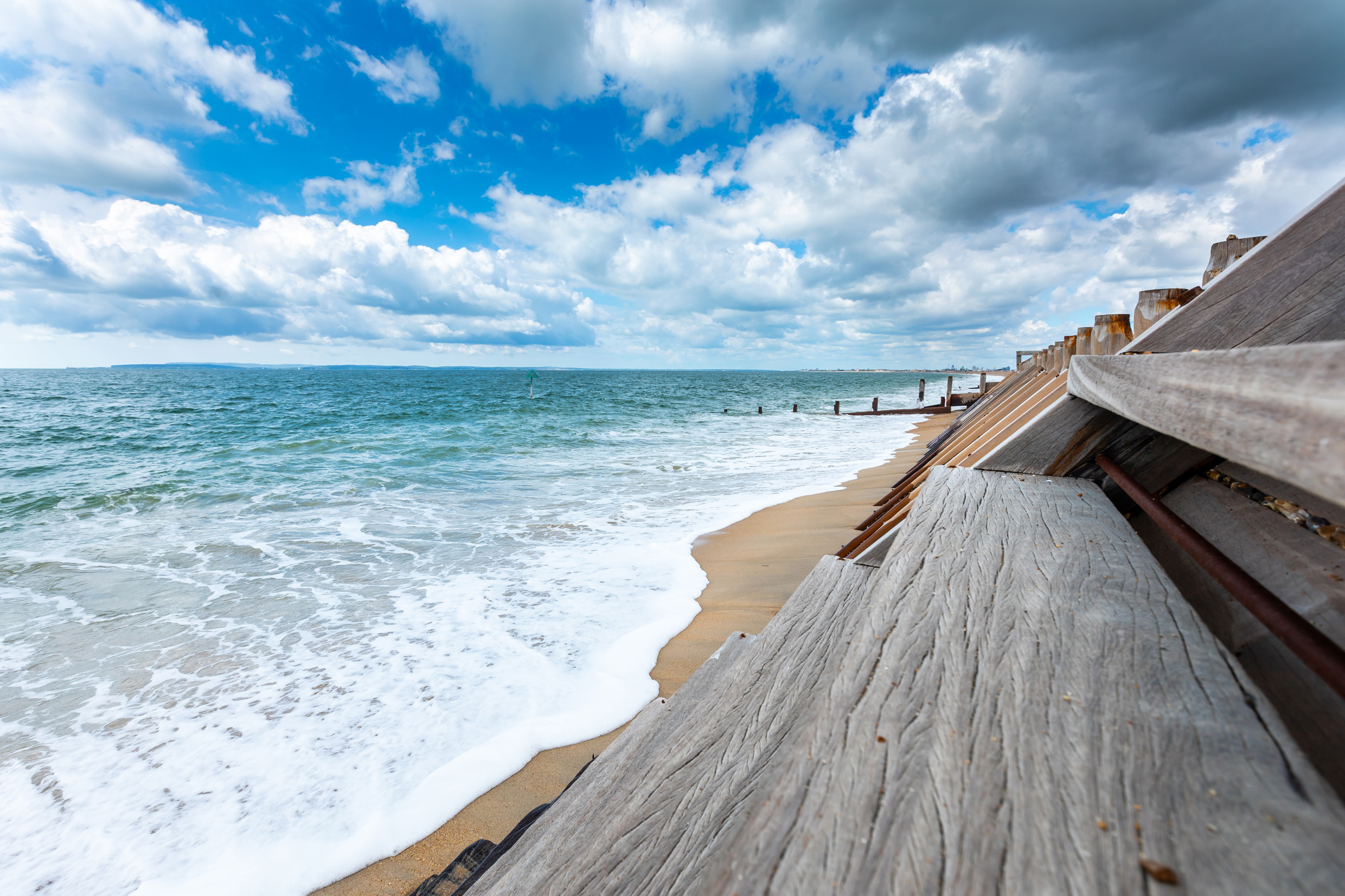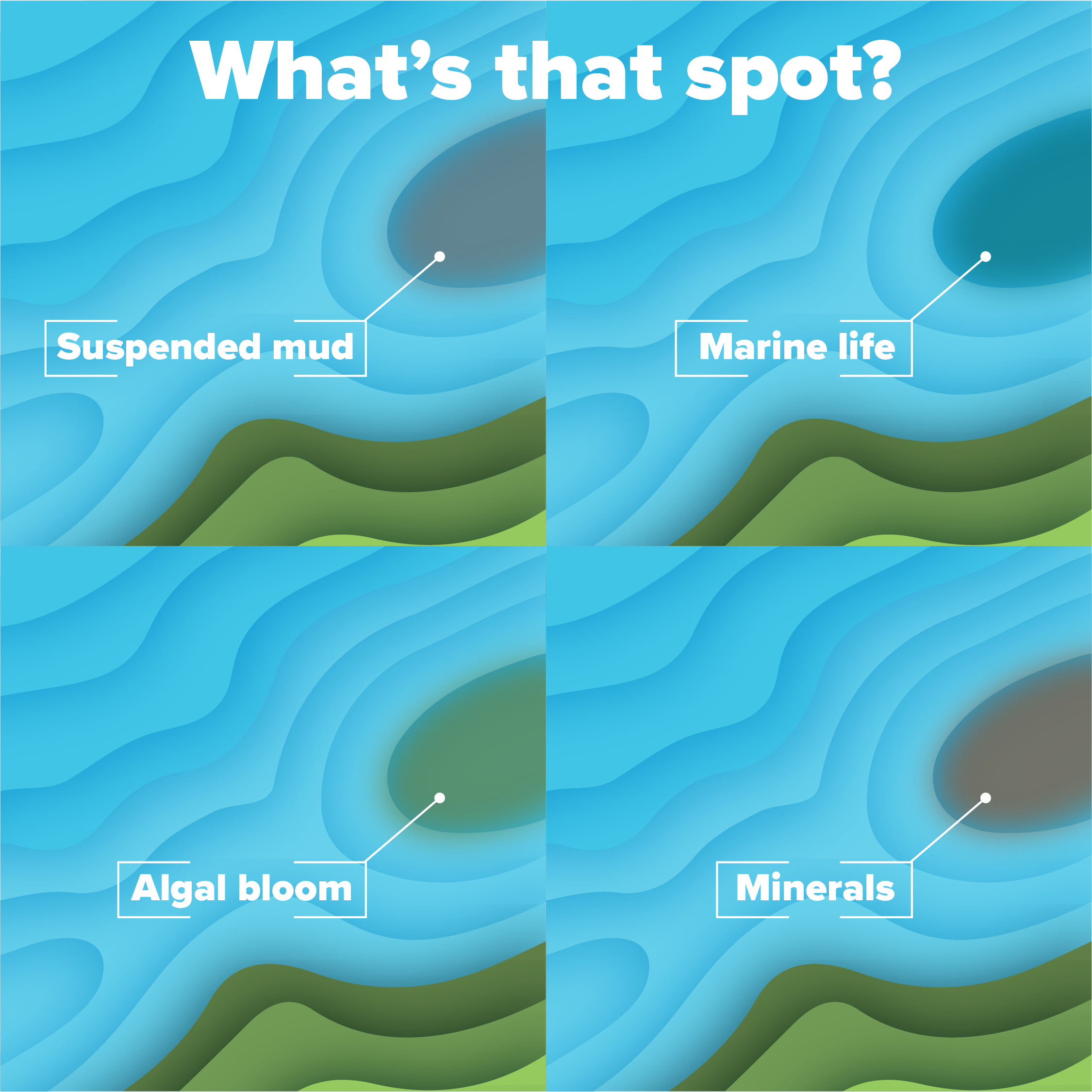
What’s that spot? Let’s talk about sea discolouration.
Discolouration and foamy residue in the sea can be caused by a range of things including a build-up of harmless organisms and substances. Environmental factors like the wind, season, and even height of the sun can also affect the colour of sea water. Tom Gallagher, Open Water Improvement Lead explains the many reasons why discolouration may occur…
In the South East, we’re lucky to have 87 bathing waters, of which 84% are rated either ‘good’ or ‘excellent’.
Whether you’re planning on just dipping your toes in or paddling out to the horizon, we understand how concerning it can be if the water looks discoloured.
Discolouration and foamy residue in the sea can be caused by a range of things including a build-up of harmless organisms and substances. Environmental factors like the wind, season, and even height of the sun can also affect the colour of sea water.
Tom Gallagher, Open Water Improvement Lead explains the many reasons why discolouration may occur…
Why does the sea look a funny colour?

Algal bloom
Algal blooms are often seen in warmer weather conditions. They can be red, orange, greeny yellow, or brown and also may smell of rotting vegetables. Algal blooms can also create a foam that floats on top of the water and ends up on the shoreline.
Suspended mud
Suspended mud happens when a river, creek, or other inland watercourse meets the sea. The difference in weight between freshwater and saltwater can create brown pools in the sea.
Dissolved minerals
Appearing red, orange, or brown, minerals like iron can cause water discoloration, particularly in areas with rich cliff formations.
Animal life and marine operations
Marine life and marine operations can stir up the seabed causing patches of brown discolouration.
How do I know if it’s a storm overflow release?
To be certain whether it’s a storm overflow release, you can visit our near real-time monitoring service, Rivers and Seas Watch. It provides updates on storm overflow releases and whether they are likely to have impacted bathing waters. You can even sign up for email notifications on your local or favourite areas.
Although storm overflows are part of the design of the sewer system, we know that we need to reduce their use. In addition to our ongoing Pathfinder projects looking at more natural alternatives to manage surface water, we’re investing a record £1.5 billion between 2025–30 to reduce our use of them.
You can see our plans for each storm overflow via our Clean Rivers and Seas Plan, which is hosted on an interactive map.
Our customers depend upon the sea for health, leisure and – in some cases – their livelihoods. It is vital that we invest in water quality to support our communities and protect the environment. We’ve detailed this investment in our Bathing Water Improvement Plan to improve water quality at designated bathing waters across the South East.
